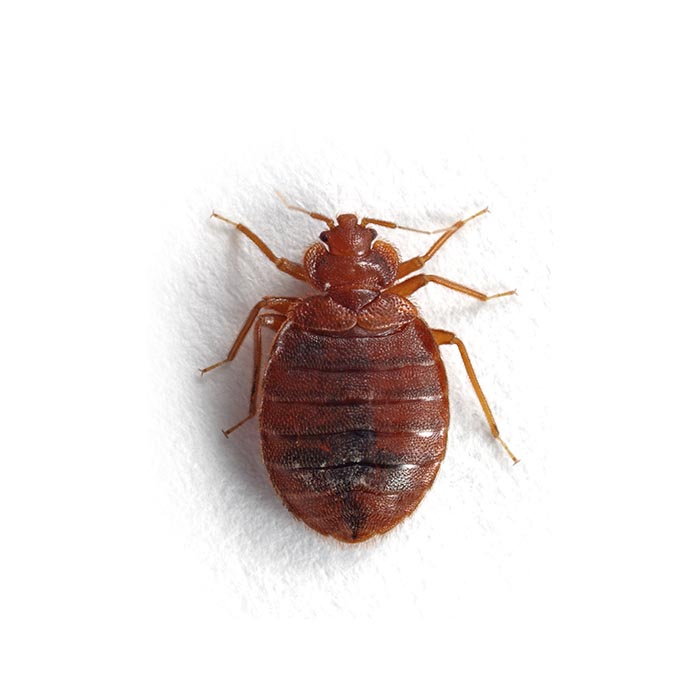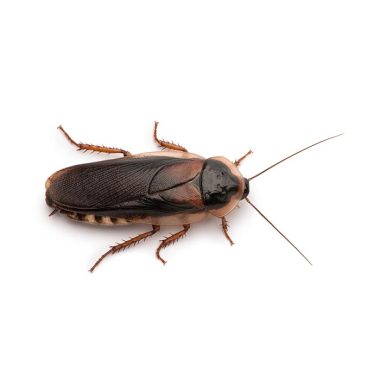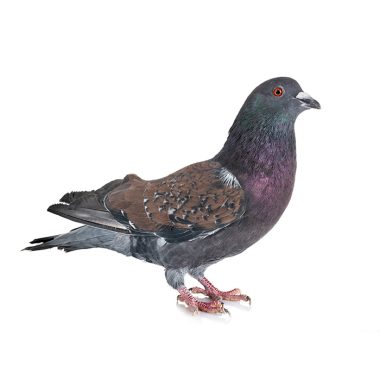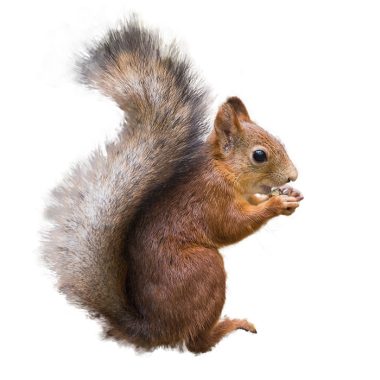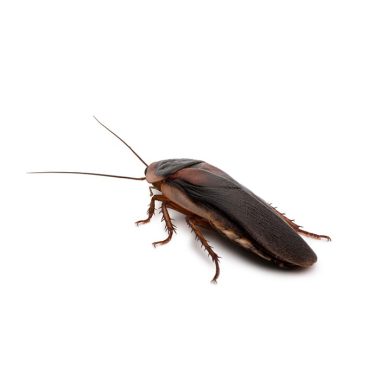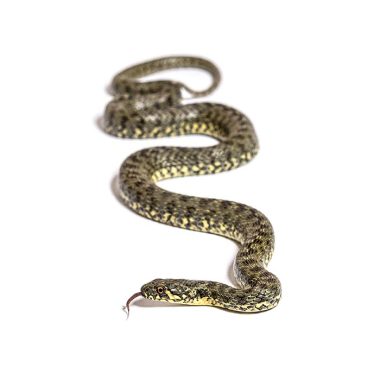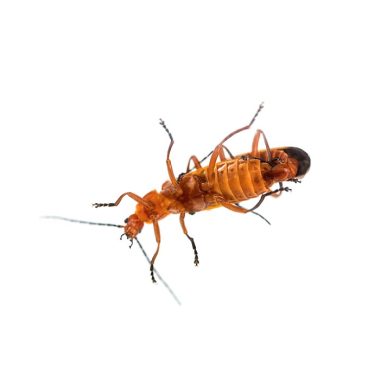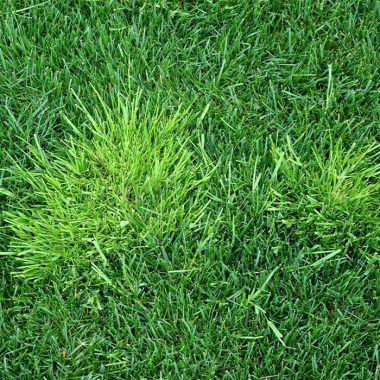Bed bugs become established in structures when they hitch a ride in boxes, baggage, furniture, bedding, laundry, and in and on clothing worn by people coming from infested sites. Poultry workers can carry bed bugs to their residences from their places of work. Bat bugs, poultry bugs, swallow bugs, and others are typically transported to new roosts by the principal host. An accurate identification of the bed bug species involved is essential to an effective control strategy. Many control failures can be traced to an incorrect identification.
Bed bugs hides in cracks, crevices, and seams during the day. They prefer narrow crevices with a rough surface where their legs and backs touch the opposing surfaces. Bed bugs cannot climb glass or smooth, plastic surfaces. Wood and paper surfaces are preferred to either stone, metal, or plaster; however, in the absence of preferred sites or during high population numbers, the latter will also be utilized. The aforementioned cracks and crevices should be filled with appropriate fillers, such as caulking.
Bugs will sometimes hide in the crevices of upholstered furniture and mattresses created by fold, buttons, and cording. Thoroughly vacuum all upholstery-including the undersides-mattresses, and pillows. Launder bedding and dry in a warm air dryer. Mattresses, upholstered furniture, and cushions can be treated with “dry” steam. It is best to use two professional-grade steamers with low vapor flow rates, each with one-gallon capacities. This allows one unit to always be hot between water refills. The steam should exit through a wand with multiple ports to reduce the risk of blowing the bugs out of their hiding places. Using an infrared thermometer, make certain that the area just treated is at least 80C. Depending on the steam unit used, the wand should pass over the surface of the fabric at about a foot every ten seconds.
Lifecycle
Female may lay up to 200 – 500 eggs in her lifetime. The eggs will hatch in 7 – 30 days and the nymphs will need at least one blood meal between moults before reaching adulthood. Adult begbugs may live for over a year and are able to survive for several months without a blood meal.
Habits
Bed bugs are nocturnal bloodsuckers at all stages of their life cycle development. Higher temperature in a host will assist the bed bugs to locate their probable blood meal source. Their most important host are humans, but in some cases, cats and other animals may serve for feeding as well.
They mostly feed during the night, and become inactive during the day while digesting the blood meal. However, they may feed during the day as well, if they are starved for a period of time.
CONSIDER THE FOLLOWING SIMPLE IDEAS TO HELP ACHIEVE BED BUG CONTROL.
Inspect, Inspect, Inspect
- Listen to occupants and carefully inspect the entire infestation area with a flashlight, to identify all pockets of infestation. Bed bugs have been found in uncommon places such as smoke detectors, books, electronic equipment, etc.
Develop a Treatment Plan
- Communicate the plan and expectations to the occupants. Always prioritize safety. Bed bug treatment usually requires more than one technician and often requires multiple visits.
Reduce Clutter
- Remove all items from floor, underside of bed, and closet floors. Inspect, treat or carefully dispose of all infested items.
Vacuum Thoroughly
- Vacuum all visible bed bugs. Move furniture 2-3 feet from wall. Vacuum carpet throughout room, beneath furniture and in closets. Add insecticide dust to vacuum bag before disposing.
Treat Along Carpet Edges
- Pull back carpet from the baseboard and dust or broadcast spray with an appropriate insecticide.
Cracks & Crevices; Wall Voids
- Treat all cracks and crevices, wall and furniture voids, behind picture frames, behind the bed headboard and all carpeted surfaces.
Spray Mattresses
- Broadcast spray mattress and box spring with alcohol-free, water-based insecticide approved for this use. Encase treated mattresses and box springs after drying.
Wash & Dry on High Heat
- Launder all bed sheeting and clothing on high heat. Place items that cannot be laundered in dryer on high heat.

